Reclaiming Black Creatives’ voices: Nia Musiba about her archiving project
One of the ReadyLaunch grantees, Nia Musiba, speaks about emerging as a Black creator and taking on an enlightenment and archiving project, The Alphabet of Black Creatives.

Here’s an interview with the next ReadyLaunch grantee, Nia Musiba, a Portland-based Black artist and designer of Tanzanian origin. In the text, she explores how growing up without Black role models affected her path into art and nudged her to do a research project, the Alphabet of Black Creatives. She opens up about the issues Black creatives face now and shares how art can help tackle the gap in representation.
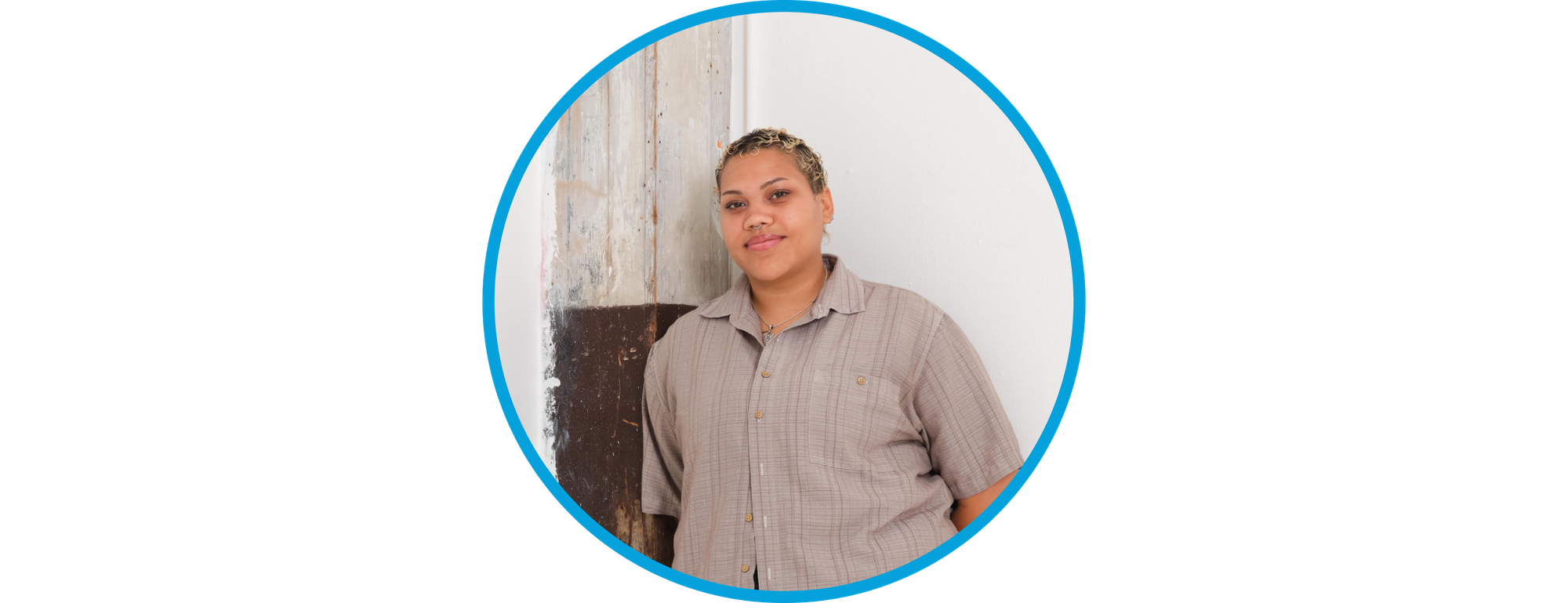
Nia Musiba grew up in Denver, Colorado, then moved to Portland, Oregon to get a bachelor’s in graphic design. Since then, she’s been working full-time as an artist. Her practice takes many forms and is constantly evolving. Musiba does murals, leads workshops, works on design and art-related projects in a supporting role, and has recently gotten into ceramics.
Taking up the courage to emerge as an artist
I didn’t think I would end up in the arts in the way I have. Growing up, I enjoyed writing a lot—I was in creative writing classes and the newspaper in high school—and I really loved stories. I knew the value of art through constant exposure to museums and galleries, but I was intimidated to start being an artist.
When it was time to pick a major in college, I pursued a Bachelor of Fine Arts because it felt like the right fit. My school offered art history or graphic design, so I chose graphic design on a whim. Once I started taking illustration and basic art classes, I realized I really enjoyed creating images. I was also introduced to the risograph—we had one on campus—and fell in love with that printmaking method.
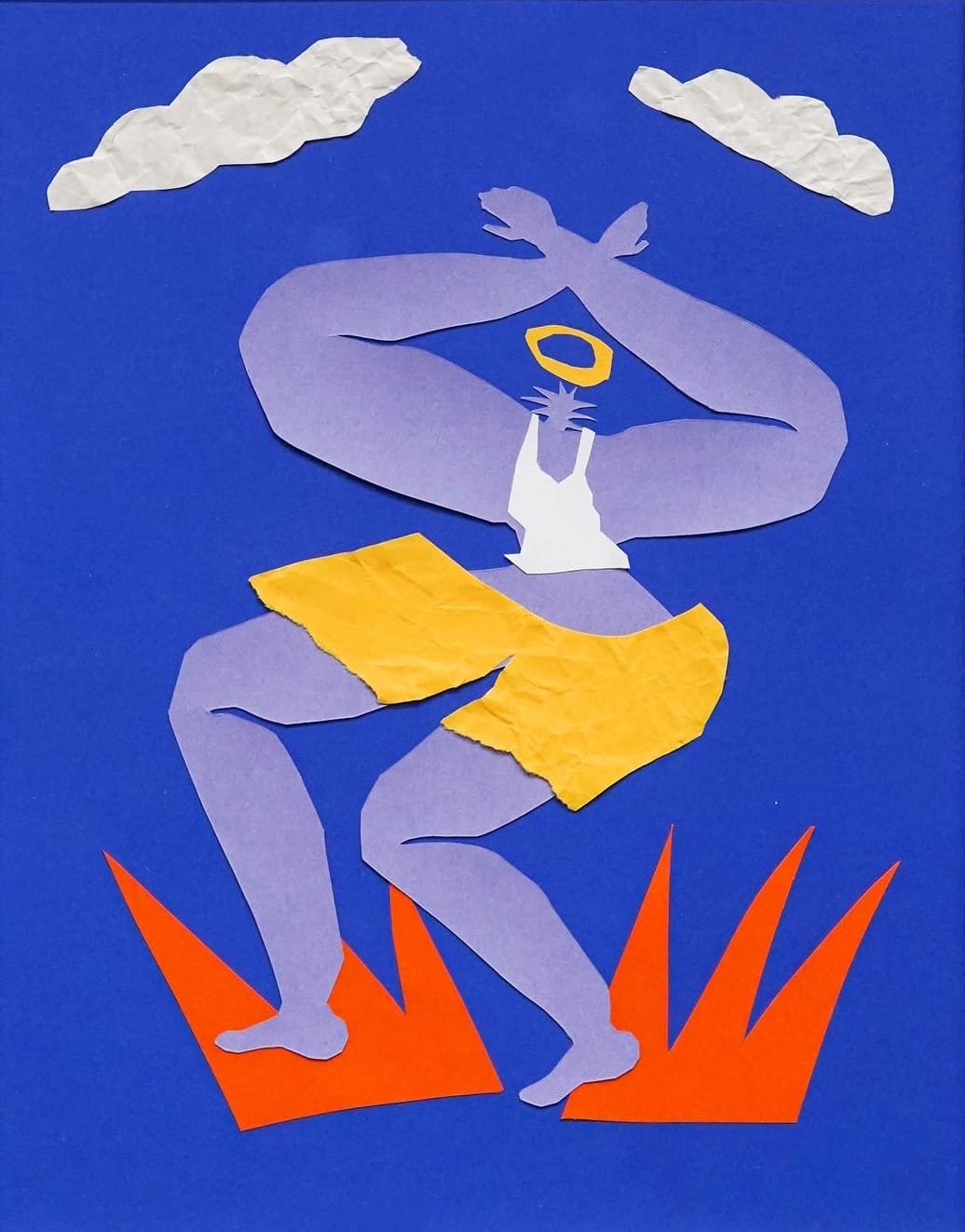
In my freshman year of college, we had a class project: we had to create an illustrated alphabet. I was torn between a few ideas, and one of them was an alphabet of Black creatives.
At the time, I didn’t know 26 Black artists. I could probably name 5 to 10, while I could also name 50 white artists off the top of my head. So, I used this project as an opportunity to do more research for myself and others.
I created the illustrated alphabet, made a risograph print of it, and sold about 20 copies. One of them went to Christine Miller, a woman who later helped me a lot along the way. She’s an artist herself and, at the time, she worked on the product side of Nike. We met, and I found her truly amazing. She asked me to be part of an art show after my freshman year. I didn’t really feel like an artist yet, but I submitted some prints for that show. That was the first time someone saw my art and asked me to do my first mural—and my career started.
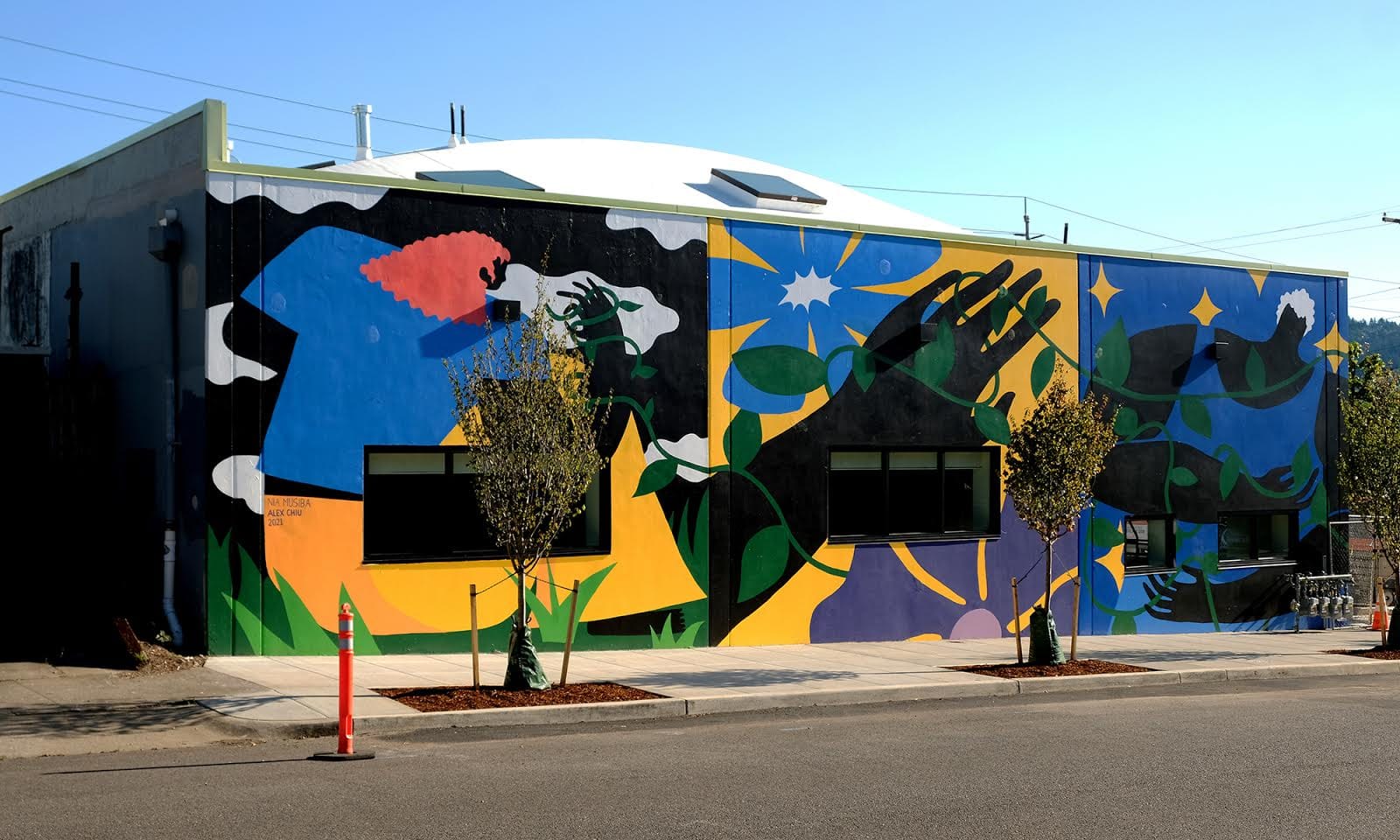
Finding 26 Black artists to archive
While still in school and figuring things out, I was shocked to see myself becoming an artist, which made me reflect on why I hadn’t thought of becoming an artist as a kid. A huge factor, I believe, was not being exposed to Black creatives and Black creative women. This underrepresentation doesn’t affect just me: it affects others too. So, the main audience of the Alphabet of Black Creatives was a younger version of myself—who would have been happy to see representation and diversity in the art world.
The strive for representation starts with me just showing up and creating the art I want to make, but it also continues in my research, my project, and my attempts to build a platform where Black creatives can be highlighted.
One aspect of my work is how it represents my identity—I’ve been exploring it for years now, and every day I’m uncovering a new layer of how my art relates to who I am. I just feel that my biggest goal is to depict Black bodies in a beautiful and big way. Due to the lack of representation, Black people in different media—television, music, and film— aren’t given the privilege to exist in multiple different ways. There are also many depictions of historical events that involve violence being enacted upon Black people. On the flip side, there’s a lot of hypersexualization of Black bodies, specifically Black women.
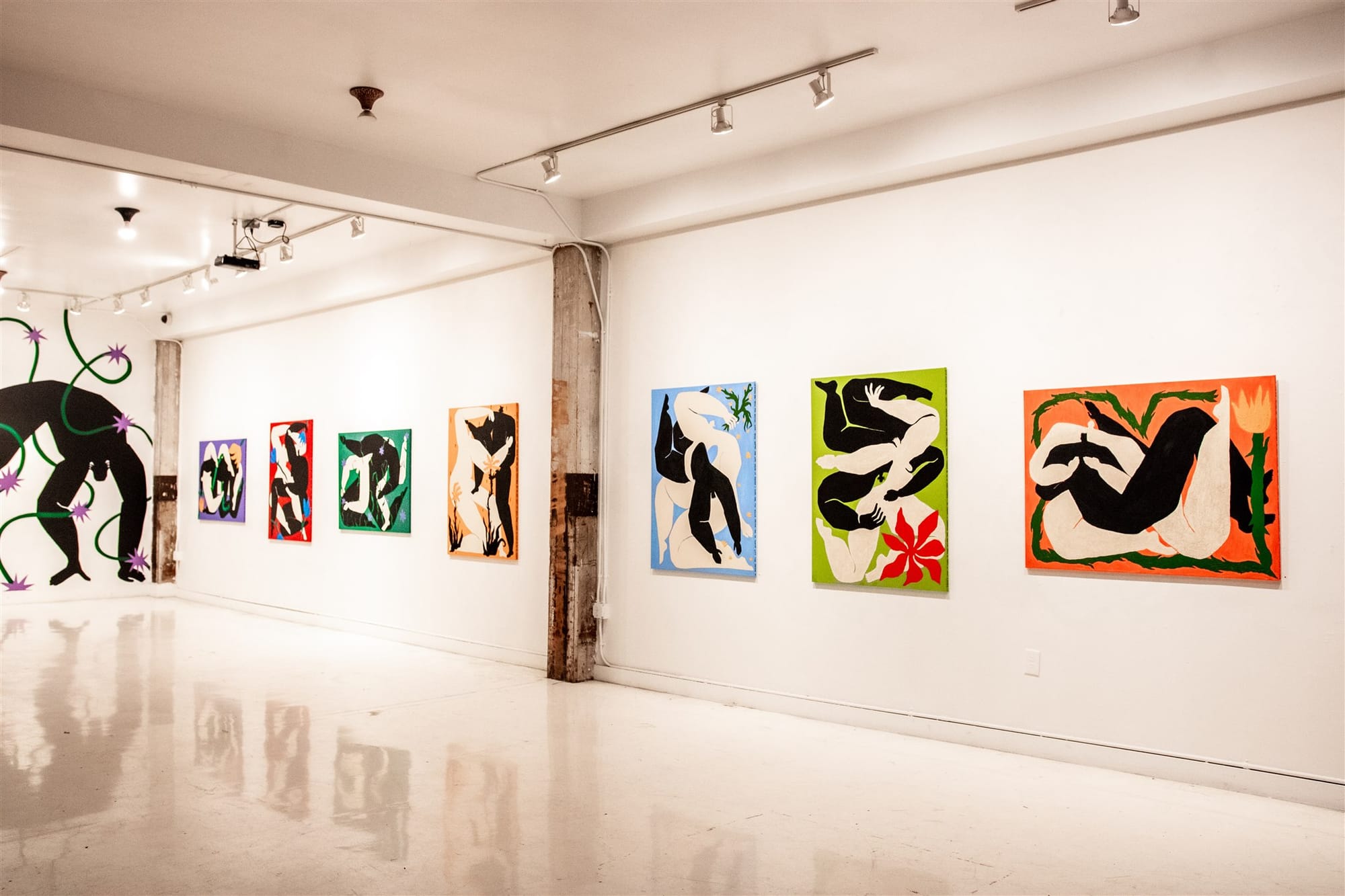
I wanted and still want to create work with Black people that’s playful, loud, and vibrant, but also more simple and abstract. I’m drawn to the idea of accessibility in design: if you’re designing for someone with a disability or visual impairment, your design becomes accessible to everyone. Similarly, by creating safe spaces for people with marginalized identities, you’re often making safe spaces for everyone. I want my art to follow the same approach. While my work is specific to my identity, and not everyone can relate to it, I hope it can inspire anyone or make another Black person see themselves in it.
Reimagining the Alphabet of Black Creatives
When it came time to do my thesis in design school, I wanted to expand on that project, the Alphabet of Black Artists. Most of the artists I used for that alphabet were famous, and not all of them were still alive. I wondered if I could keep the same core idea of creating an archive of Black artists but focus on people I knew. I also wanted to challenge the idea of what it means to be a creative or an artist. Between 2018, when I started the project, and 2022, when I was working on my thesis, I met so many people and learned about the many jobs in design. I had no idea what an art director was or what a copywriter did, so I wanted to combine this exploration of creative careers with continued research on Black creatives in my community. My project is set to show a variety of specialties—jewelers, writers, photographers, musicians, designers, and art directors—so there’s a broad representation of what Black creatives are doing.
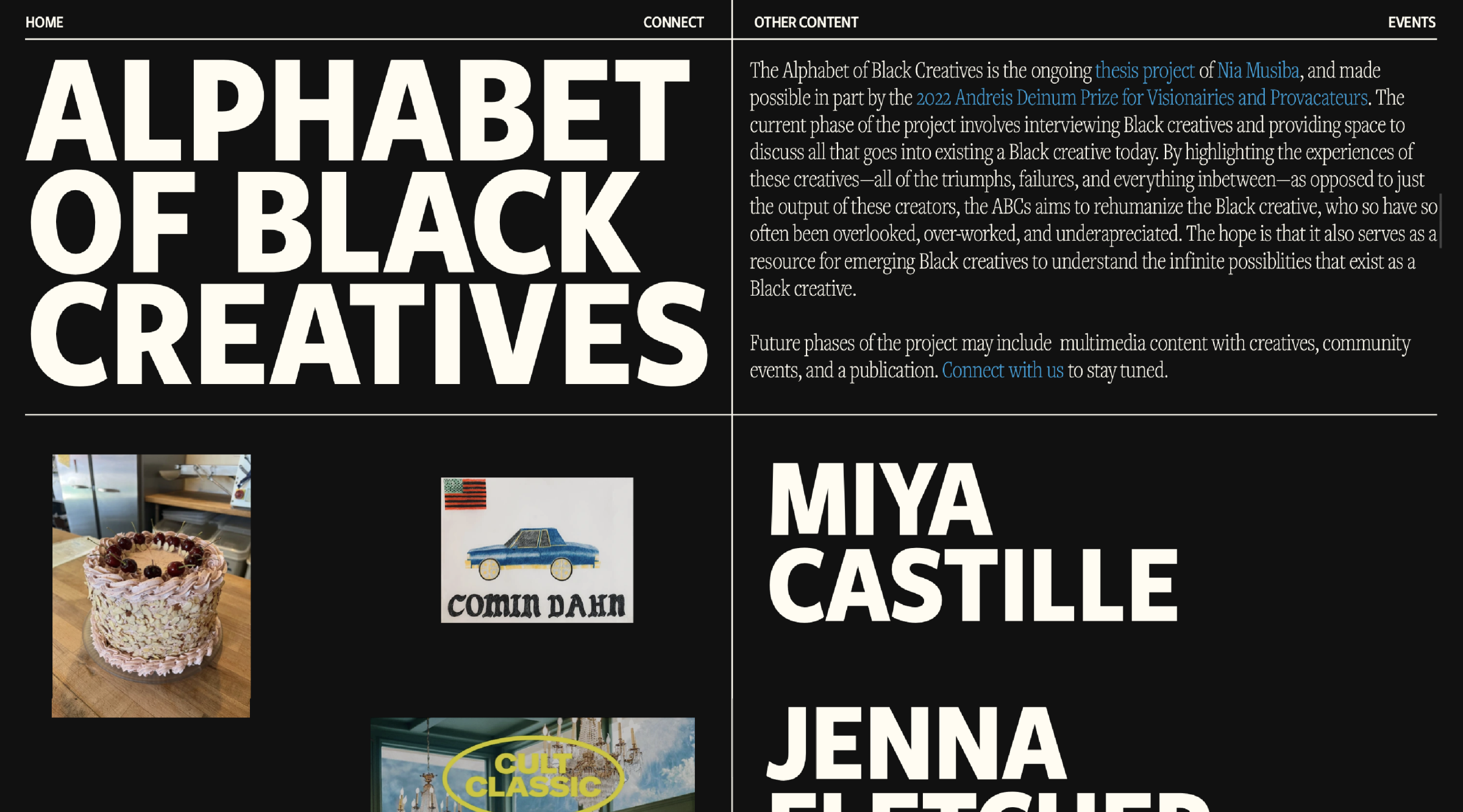
It took some time to figure out what the project should look like. I thought it might be events and meetups, but a similar project called “Where Are the Black Designers?” emerged in 2020. I decided to start with a list and links, but that didn’t feel personal enough. At its core, this project is about connection, which is why the interviews made sense. I wanted to talk to people, hear their stories, and ask them: How did you get here today? What did you overcome? What was easy for you? What was exciting? What did you learn?
I approach people as another person who creates something and is simply curious, and I believe my interviews can be a space where we discuss everything, even the heavier side of being a Black creative, if that’s where the conversation leads.
The first artist I interviewed was Christine Miller. That was very intentional, not just because I know her, but also because she was so open to talking to me and getting this project off the ground, which I’m forever grateful for. After the interview, I sent Christine the project and asked her if she knew anyone else I could connect with. I did that with each interviewee—asked them if they had any recommendations for the next person.
Making Readymag an ally
A classmate who was a year ahead of me introduced me to Readymag in 2020. Back then, she was making her portfolio with Readymag, and the website turned out really cool. I realized that Readymag was a great option for creating something less conventional than a standard portfolio site. I was specifically looking for a tool where I could customize the look of everything without having to code too much. Readymag is just fun to use, and you can incorporate small details like hover effects and GIFs so your creation feels unique.

While I already had my personal website made with Readymag, I thought about using the tool for the Alphabet of Black Creatives project. A website seemed like the best medium for the Alphabet because it’s easy to update and can showcase a variety of content, like curated playlists from Black DJs, podcast episodes, or short video features. After I started it on my own, I came across the ReadyLaunch grant by Readymag.
The biggest thing the ReadyLaunch funding allows me is to pay myself for the time spent on the project and compensate the other creatives involved. The fair remuneration is especially significant for Black creatives, and really, any creative, since much of the work we do often goes unpaid.
With the grant’s help, I’ll also be able to organize a panel discussion this fall.
Since receiving the ReadyLaunch grant, I’ve been collaborating with a writer named Ella Ray. She was someone I’d already wanted to interview, but once I had the funding, I realized I could bring her on board and pay her to help with the interviews. I’ve completed about eight interviews so far, but I was struggling with how to edit and present the transcripts. That’s where Ella’s been incredibly helpful.
Growing the project into a community
In the future, I envision hosting meetups, panels, or public discussions where conversations can continue to evolve in real time. During my interviews, I’ve often thought that interviewees should definitely meet one another, since they have so much in common. I’ve been trying to start with Portland, partially because it’s such an interesting place to exist as a Black creative. It’s one of the whitest cities in America, and it’s really easy to feel like the community of Black creatives is tiny there. While making the project, I realized there are still many of us here. When we’re coming together, it feels a lot more joyful to create.
